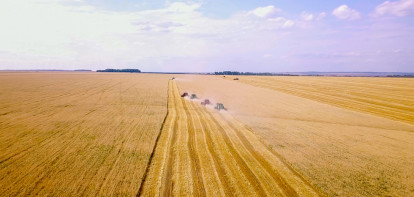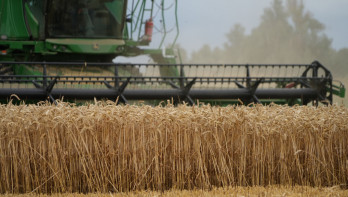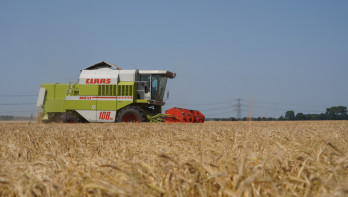Analysis Grains
Tax plan ignites fire under corn and soybeans
The action was in corn and soybeans during the last trading session. Tax plans from Brazil could make corn and soybeans from this country more expensive. American exporters and traders are betting that they can regain market share from Brazil. There are doubts about the export capacity of Russia in the wheat market. The customer base may become smaller next season due to limited availability.
The September contract for wheat on the Matif closed €3 lower at €251.25 per ton yesterday. Wheat also took a step back on the CBoT, closing 1.1% lower at $6.39½ per bushel. Corn and soybeans, on the other hand, were strong performers in the last trading session. Corn saw the largest increase by 3.9% to $4.52 per bushel. Soybeans also recorded a significant gain of 1.9% to $12.00 per bushel.
Drought in the Black Sea region has been one of the reasons for the rally in the wheat market in recent weeks. Various agencies have revised their yield expectations downward. The Ukrainian Ministry of Agriculture does not participate in this and sticks to an expected yield of 52.4 million tons, the same as the previous forecast.
Less favorable signals are coming from Russia regarding the wheat harvest. According to the Russian VTB bank, Russia may limit exports to traditional markets. "The export is likely not to be as broad as in the current season," said Vitaly Sergeychek, a board member at the bank, at a congress in St. Petersburg. VTB is one of the largest financiers of the agricultural sector in Russia.
New stricter tax legislation in Brazil gave corn and soybeans a boost in the last trading session. Brazilian companies fear that they may become less competitive in the global market as a result. Traders and exporters in the US, on the other hand, see potential in the stricter tax rules in Brazil and expect to regain lost market share from Brazil.
In Iowa as wet as with us
In the American state of Iowa, it was as wet last May as it was with us. Last month ranks in the top 10 of wettest Mays since the beginning of measurements. Precipitation amounts vary widely by region, ranging from roughly 150 to 250 millimeters. According to local sources, some fields are waterlogged - causing damage - and it will take a while before they dry enough to plant the last corn and soybeans. Despite the very wet May, spring work was still carried out at a rapid pace in Iowa. According to this week's latest Crop Progress report, 93% of corn was planted, compared to 95% in the five-year average.
This is mainly due to the very dry start of the season. Just over a month ago, a large part of Iowa was still red on the drought monitor. After the rain last month, only a small yellow spot remains. The soil had room to absorb the necessary moisture. Drought is hardly an issue in the corn belt. Only in the southwest of the wheat belt do growers face real drought.





